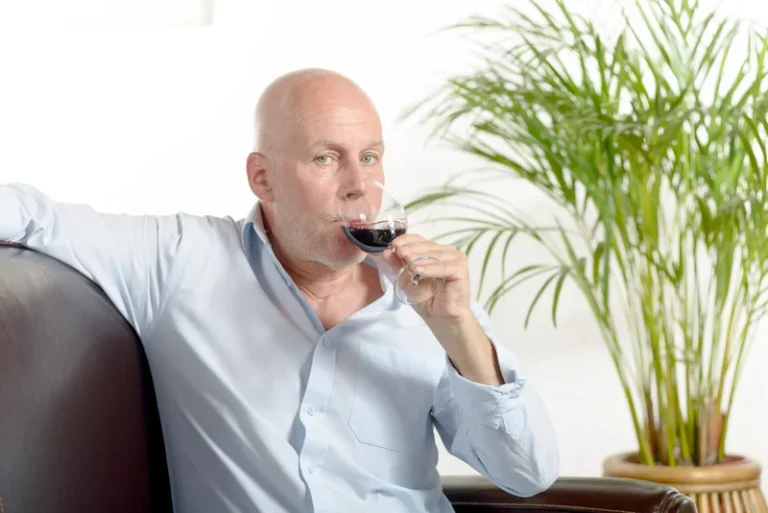
Also, many studies have focused solely on pharmacological interventions, and are therefore not directly related to the RP model. However, we review these findings in order to illustrate the scope of initial efforts to include genetic predictors in treatment studies that examine relapse as a clinical outcome. These findings may be informative for researchers who wish to incorporate genetic variables in future studies of relapse and relapse prevention. Additionally, the revised model has generated https://ecosoberhouse.com/ enthusiasm among researchers and clinicians who have observed these processes in their data and their clients [122,123]. Still, some have criticized the model for not emphasizing interpersonal factors as proximal or phasic influences [122,123]. Other critiques include that nonlinear dynamic systems approaches are not readily applicable to clinical interventions [124], and that the theory and statistical methods underlying these approaches are esoteric for many researchers and clinicians [14].

Specific Intervention Strategies
Ultimately, individuals who are struggling with behavior change often find that making the initial change is not as difficult as maintaining behavior changes over time. Many therapies (both behavioral and pharmacological) have been developed to help individuals cease or reduce addictive behaviors and it is critical to refine strategies for helping individuals maintain treatment goals. As noted by McLellan [138] and others [124], it is imperative that policy makers support adoption of treatments that incorporate a continuing care approach, such that addictions treatment is considered from a chronic (rather than acute) care perspective.
Self-control and coping responses
Despite serving as a chief diagnostic criterion, withdrawal often does not predict relapse, perhaps partly explaining its de-emphasis in contemporary motivational models of addiction [64]. However, recent studies show that withdrawal profiles are complex, multi-faceted and idiosyncratic, and that in the context of fine-grained analyses withdrawal indeed can predict relapse [64,65]. Such findings have contributed to renewed interest in negative reinforcement models of drug use [63]. Helping the client to develop “positive addictions” (Glaser 1976)—that is, activities (e.g., meditation, exercise, or yoga) that have long-term positive effects on mood, health, and coping—is another way to enhance lifestyle balance. Self-efficacy often increases as a result of developing positive addictions, largely caused by the experience of successfully acquiring new skills by performing the activity. Another efficacy-enhancing strategy involves breaking down the overall task of behavior change into smaller, more manageable subtasks that can be addressed one at a time (Bandura 1977).
Mechanisms of treatment effects
- Lapse-management strategies focus on halting the lapse and combating the abstinence violation effect to prevent an uncontrolled relapse episode.
- Two publications, Cognitive Behavioral Coping Skills Training for Alcohol Dependence (Kadden et al., 1994; Monti, Kadden, Rohsenow, Cooney, & Abrams, 2002) and Cognitive Behavioral Therapy for Cocaine Addiction (Carroll, 1998), are based on the RP model and techniques.
- Shiffman, Gwaltney and colleagues have used ecological momentary assessment (EMA; [44]) to examine temporal variations in SE in relation to smoking relapse.
- Outcomes of interest include alcohol and substance abuse, problem gambling, body image and eating disorders, intimate partner violence, and aggressive driving.
- Additionally, the intervention had no effect on subjective measures of craving, suggesting the possibility that intervention effects may have been specific to implicit cognitive processes [62].
- As a result, the AVE can trigger a cycle of further relapse and continued substance use, since people may turn to substances as a way to cope with the emotional distress.
The following section reviews selected empirical findings that support or coincide with tenets of the RP model. Because the scope of this literature precludes an exhaustive review, we highlight select findings that are relevant to the main tenets of the RP model, in particular those that coincide with predictions of the reformulated model of relapse. Encouragement and understanding from friends, family, the abstinence violation effect refers to or support groups can help individuals overcome the negative emotional aftermath of the AVE. Some examples of proven coping skills include practicing mindfulness, engaging in exercise, or pursuing activities that bring you fulfillment. The Abstinence Violation Effect is a psychological phenomenon that occurs when a person experiences relapse after attempting to abstain from drug or alcohol use.
- From this standpoint, urges/cravings are labeled as transient events that need not be acted upon reflexively.
- A number of studies have examined psychosocial risk reduction interventions for individuals with high-risk drug use, especially people who inject drugs.
- Third wave behaviour therapies are focused on improving building awareness, and distress tolerance skills using mindfulness practices.
- Recognizing the factors that contributed to the lapse, such as stressors or triggers, helps individuals to develop strategies and techniques to navigate similar challenges in the future.
- As the foregoing review suggests, validation of the reformulated RP model will likely progress slowly at first because researchers are only beginning to evaluate dynamic relapse processes.
- Tonic processes also include cognitive factors that show relative stability over time, such as drug-related outcome expectancies, global self-efficacy, and personal beliefs about abstinence or relapse.

Conversely, a return to the target behavior can undermine self-efficacy, increasing the risk of future lapses. Outcome expectancies (anticipated effects of substance use; [27]) also figure prominently in the RP model. Additionally, attitudes or beliefs about the causes and meaning of a lapse may influence whether a full relapse ensues.

Findings concerning possible genetic moderators of response to acamprosate have been reported [99], but are preliminary. Additionally, other findings suggest the influence of a DRD4 variable number of tandem repeats (VNTR) polymorphism on response to olanzapine, a dopamine antagonist that has been studied as an experimental treatment for alcohol problems. Olanzapine was found to reduce alcohol-related craving those with the long-repeat VNTR (DRD4 L), but not individuals with the short-repeat version (DRD4 S; [100,101]). Further, a randomized trial of olanzapine led to significantly improved drinking outcomes in DRD4 L but not DRD4 S individuals [100]. Withdrawal tendencies can develop early in the course of addiction [25] and symptom profiles can vary based on stable intra-individual factors [63], suggesting the involvement of tonic processes.
